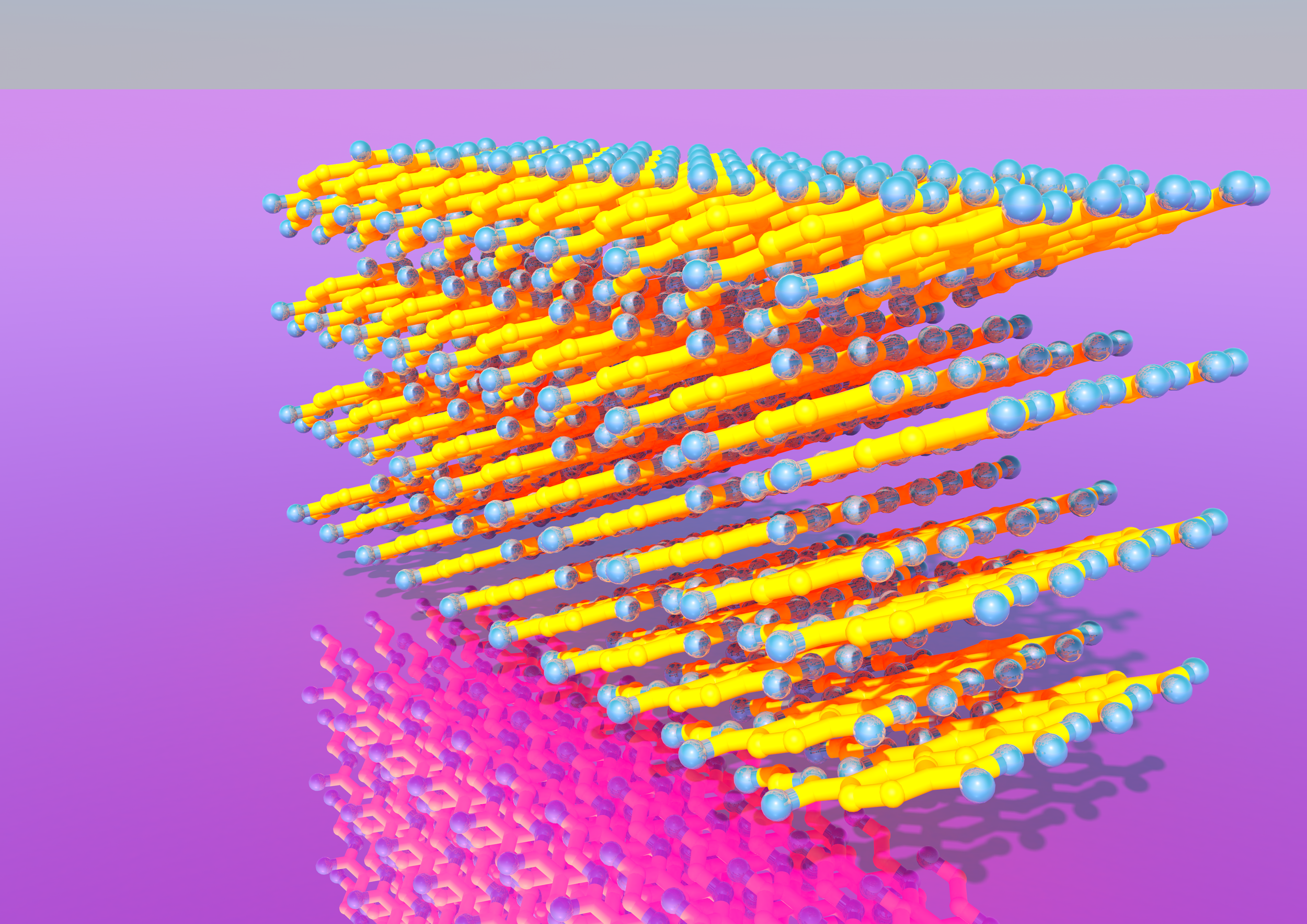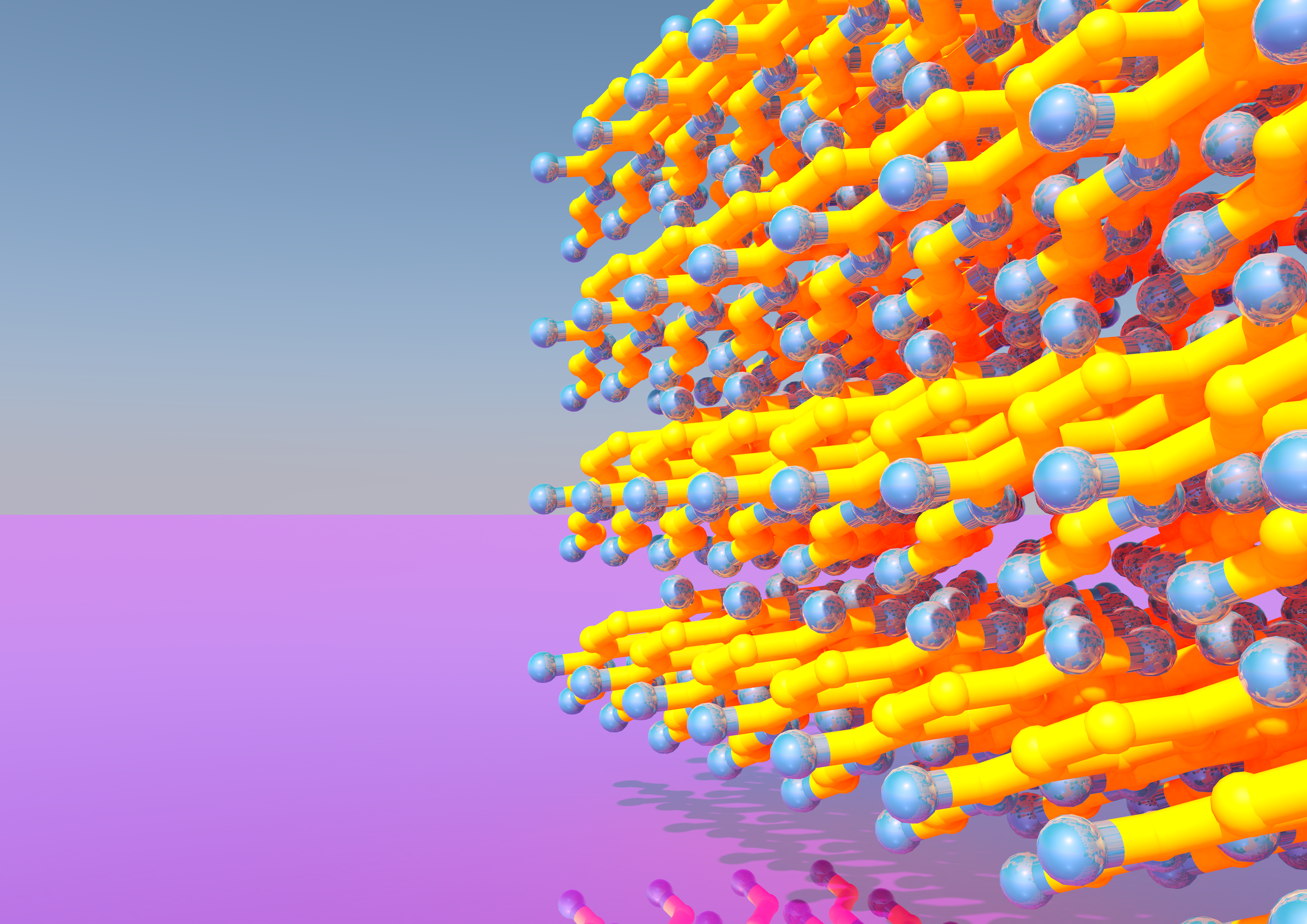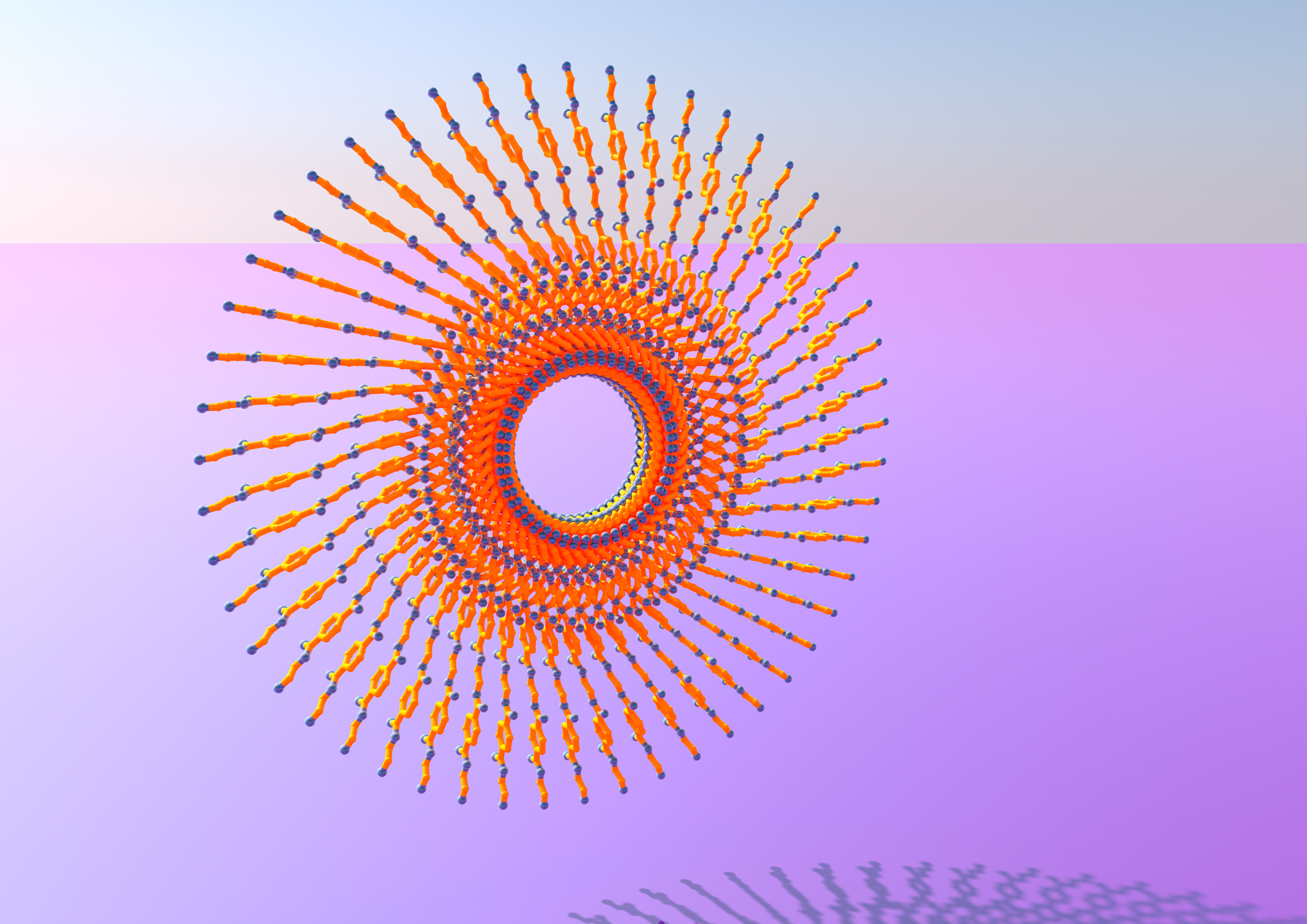
Plastic, adj., easily shaped or molded.
Using PET - poly-ester - as a model system, we examine the hierarchical nature of plastic and its assembly into higher-order structures. This exploration reveals that, as an idea, “plastic” constitutes an abstract and dynamic process.
Perhaps the greatest contribution of “plastic” to humanity is that it transforms visions and dreams into reality.
By re-imagining the meaning of “plastic” we can transcend its connotation as “disposable” and learn to use it responsibly.


3D-sketch of the exhibit.
Each 3D-printed sculpture represents a step in the hierarchical assembly of PET into more complex structures. The monomeric and polymeric building blocks, as well as the PET array, reflect an ordered arrangement of molecules - an initial approximation of its organization in space.
Recording of “Plastic: Molecular and Spectral Perspectives” presented at Evanston Art Center
A 3-min tour of the multiple dimensions of the exhibit.
The transition to a more-disordered, noodle-like structure constitutes a physical model for the likely structure of plastic filaments and how they come together to form rigid, impermeable surfaces. For this sculpture, we used the atomic structure of PETase, the bacterial enzyme that degrades plastic. This enzyme is undergoing engineering efforts for deployment as one solution to plastic pollution. The PETase bio-polymer introduces the idea of proteins as nature’s plastics, being considered as bio-degradable alternatives.
Spectral Plastic
How do scientists engage with “plastic”?
Given that structural models of “plastic” are imaginary constructs represented in different ways for visualization purposes, scientists need to abstract these molecular ideas into behaviors that can be measured as a result of a scientific intervention.
For example, PET plastic absorbs UV-visible light at a specific frequency given the nature of its atomic structure. Hence, scientists use this behavior to measure the concentration of plastic in a water solution. Pictured is an Absorbance vs. Wavelength plot that shows higher absorbance (taller curves) when there is a higher plastic concentration. The less plastic, the less light is absorbed by the plastic molecules.
Zhang et al. (2020). Rapid fingerprinting of source and environmental microplastics using direct analysis in real time-high resolution mass spectrometry. Analytica Chimica Acta.
Molecules can also be measured as “massive” entities -i.e., having a molecular weight. This measurement can be achieved using a mass spectrometer, which provides the mass signature of (and thus identifies) molecules like PET monomer and its polymeric filaments as well as enzymes, large bio-molecular machines, and even single cells.
Pictured are individual plots showing the mass spectral signature of different kinds of plastic. Each panel shows intensity on the y-axis and the mass-to-charge ratio on the x-axis. PET is depicted in panel (7). Read more about mass spectrometry here.
A celebration of the analytical science that understands “plastic” as a spectral behavior. The light absorbance plot is depicted in purple; the tiny blue shapes represent the mass spectra of PET.
“Plastic” and the human experience
In the same way that PET monomers are used to build complex, beautiful structures, individual humans are also repeating units in the higher-order structures of society and civilization. “Plastic” reminds us of an innate adaptability to change; of plasticity and resilience: the human experience as a surrendering to change.






30-minute presentation of the exhibit
Live-stream recording with explanations about “Plastic: Molecular and Spectral Perspectives” presented at the Evanston Art Center on May 16, 2021.
Many thanks to my collaborators Jiaqi Zhang, Professor Cheng Sun, Curt Waltmann, Jeremy Wang, Carrie Mills, Professor Monica Olvera de la Cruz, Professor Danielle Tullman-Ercek, Professor Neil Kelleher.
Many thanks as well to the Evanston Art Center, the Rapid Prototyping Lab at NU, and to Cushing Co Printing.







